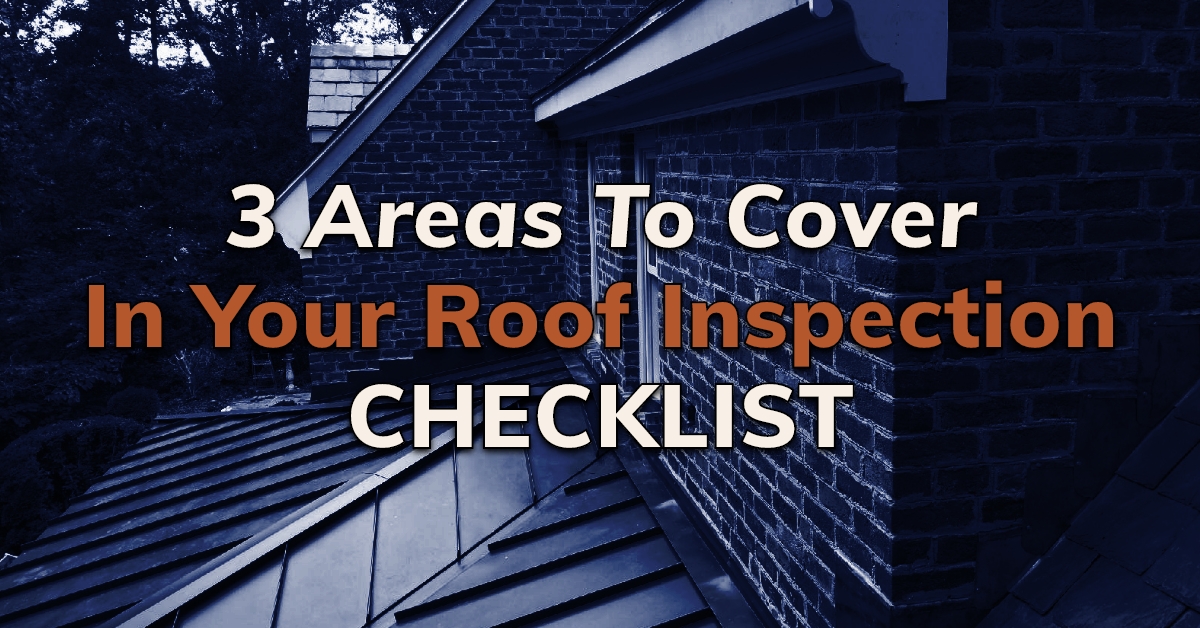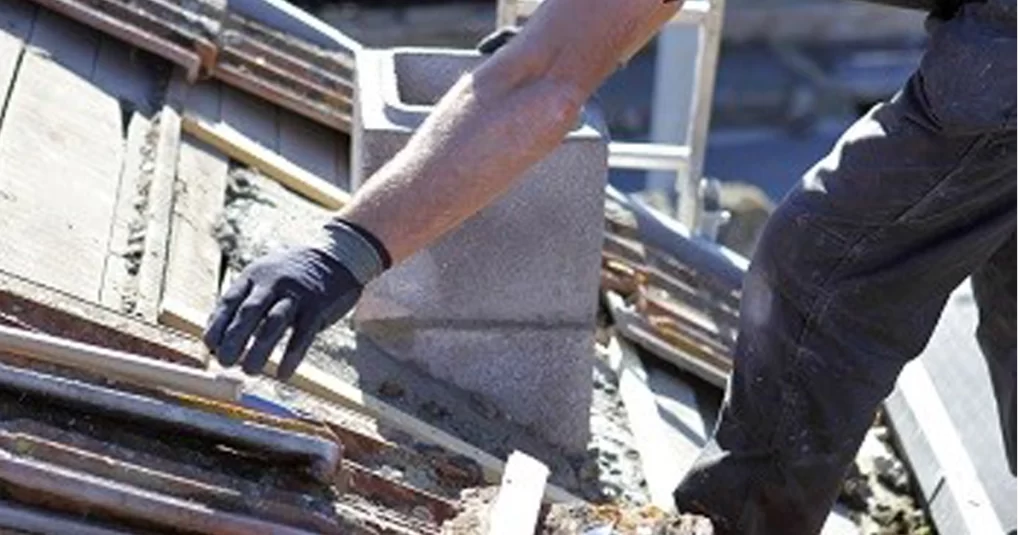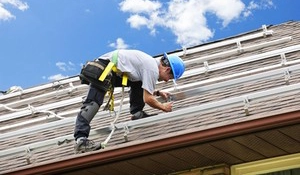
Many homeowners take the health of their roof for granted until a leak springs up. A little regular attention can go a long way in prolonging your roof’s lifespan. That’s why it’s important to schedule periodic roof inspections to help identify damage early and prevent leaks before they occur.
Why Regular Repairs Are Important
Your roof is the first line of defense or your home; protecting your belongings and loved ones from weather damage. It can take a significant beating with the changing seasons.. These seasonal elements can lead to your roofing system deteriorating over time:
- Sun
- Wind
- Snow
- Rain
- Trees
- Lichen
The quality of materials and installation are essential factors. However, regular inspections will ensure your roof is taken care of properly and minor damage is dealt with swiftly. Proactive inspections allow you to repair minor problems early rather than replacing your neglected roof too soon. Roofing professionals recommend inspecting your roof twice a year; in spring and in fall. But how do you build a residential roofing inspection checklist? What can you care for, and what should you call a roofer for?
Areas to Cover in Roofing Inspection
Roofing inspection is an essential part of preventative roofing maintenance. During a roofing inspection, you’ll gain critical insight into the overall condition of your roof. Specifically, a roofing inspection will answer questions about the state of your roof, such as:
- Was the roof installed properly?
- Is the roof leaking?
- Has the roof been damaged by a recent hail or wind storm?
- What is the current condition of the roof?
- What is the roof’s life expectancy?
- Are any repairs required?
The three main areas covered in a roof inspection are the attic, rooftop, and around the exterior of your house.
1. Attic Inspection
Leaks inside your home are an obvious sign of damage and should be addressed immediately, especially those around chimneys and skylights. Your roofer will also evaluate your attic insulation, ventilation, and moisture levels. They’ll note any mold or mildew growth and check for damaged decking.
2. Roof Inspection
The roofer will inspect the roof’s construction, vents, flashing, and chimney (if you have one). They’ll look for granules in your gutter system—a sign that it’s time to replace your shingles. When shingles are stripped of their granules, they are more vulnerable to UV radiation. This leads to them drying out and cracking, which eventually produces leaks inside your house.
3. Exterior Yard Inspection
Lastly, they will walk the perimeter of your house to inspect for signs of roof damage from ground level. During the walk around, they will look for any signs of missing shingles. They’ll also look at your gutters, downspouts, fascia, and soffit to ensure there is no noticeable damage to these components.
Common signs of damage may include:
- Holes
- Cracks
- Dents
- Mold
DIY Vs. Professional Roof Inspection
Although you can do some visual inspection of your roof from the ground, a professional roof inspection will go into more detail. Your roofer will look over every inch of your roof, from inside the attic to up on the roof. A professional roofer can inspect shingles and flashing more closely on the roof. Sloped roofs can be dangerous to walk on, though. They can be slippery if covered in moss, mold, or mildew. A professional roofer has the training and equipment to navigate slippery or steep roofs.
They’ll look for color fading, corroded, bent, missing metal, chipped, broken, or cracked tile/slate. They may also use infrared technology or even drones to look for signs of roof damage that isn’t visible to the naked eye.
They’ll record the status and recommend the right course of action for each area:
- Are they good? – No action is needed
- Are they fair? – Monitor for now
- Are they bad? – Immediate action is needed
If any action is needed, they’ll specify it and indicate where it is located on the roof. Additionally, your roofer should get pictures of any damage. Finding needed repairs during these inspections can help mitigate issues before they escalate into more significant problems down the road. As a result, you will always have a good roof over your head.
The absence of leaks and drafts doesn’t necessarily mean your roofing system is structurally sound. A professional roofer will offer a thorough evaluation of the overall state of your roof, backed by experience. This gives you peace of mind that you won’t be caught off guard when the damage is discovered later. So, if your roof is older or hasn’t been inspected for a while, call Stevens Roofing in Norfolk, VA. We are your trusted local roofing contractor who handles all types of roofing services and gutter repairs if needed.





